
Ever since Mark Zuckerberg showed off Facebook’s – now Meta’s – vision for the future of technology and social interaction, I’ve been trying to imagine what the Google equivalent would be. I’ve concluded that such a metaverse direction is a direct contradiction to Google’s modern vision of tech that assists.
The metaverse is technological escapism at its worst
To me, a fully realized metaverse encourages people to spend their lives in worlds that will increasingly become divorced from the physical one. Despite lofty ambitions, it just seems to be a rebrand of virtual reality where you meet in virtual spaces and are represented by an avatar that’s cartoonish at first but will eventually be life-like. The worst timeline, in my mind, is one where people seek out the metaverse as the state of the world deteriorates rather than try to fix, or at least acknowledge, what’s real. That escapism is being made possible by various companies actively working to virtually replicate the physical realm.
In the metaverse, you’ll be able to do almost anything you can imagine — get together with friends and family, work, learn, play, shop, create — as well as completely new experiences that don’t really fit how we think about computers or phones today.
I take particular issue with Zuckerberg’s belief that the metaverse is just a continuation of the company’s mission and/or social apps today rather than being something entirely different.
In our DNA, we build technology to bring people together. The metaverse is the next frontier in connecting people, just like social networking was when we got started.
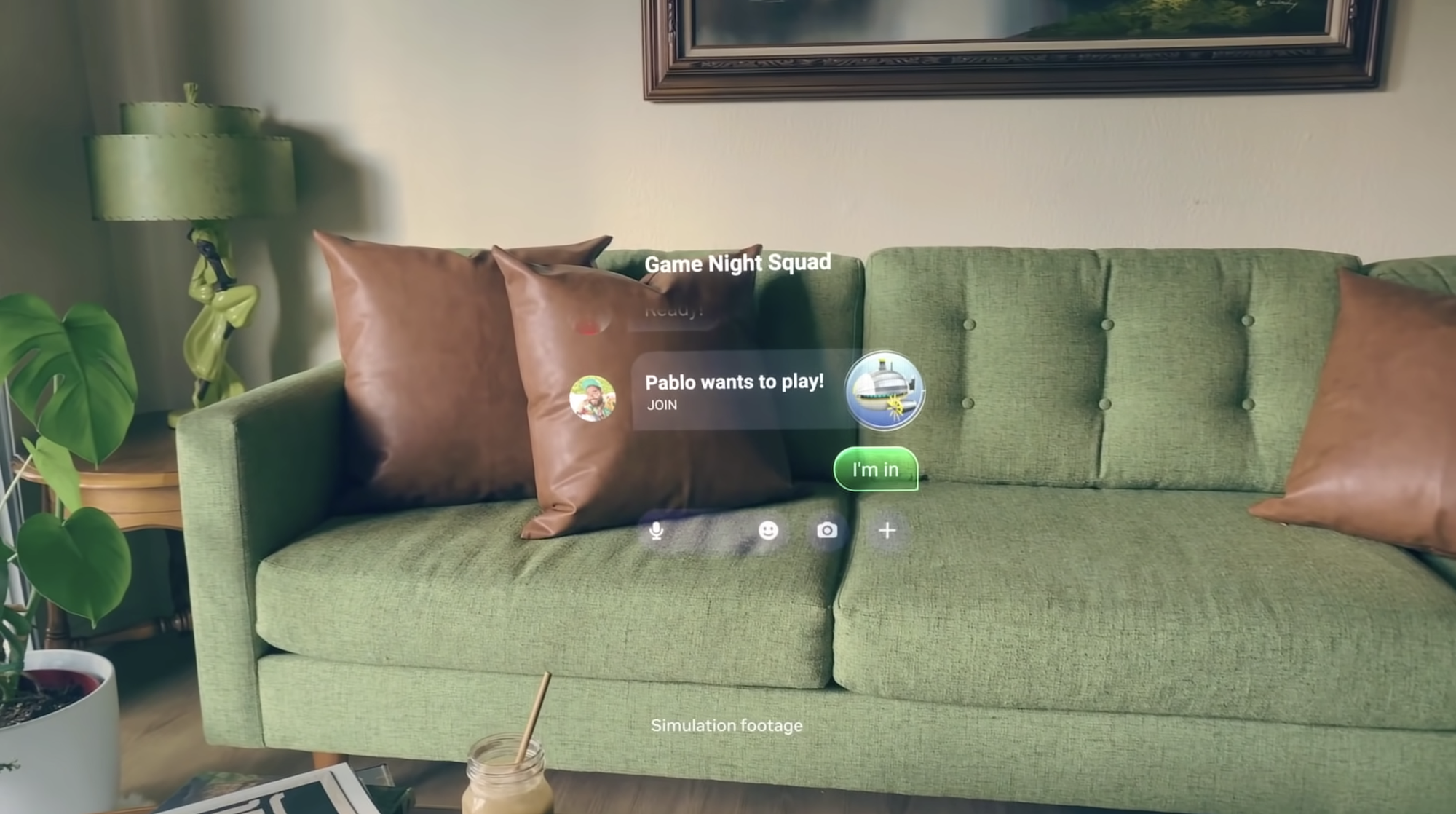
Such a view does not sufficiently address the moral quandaries of giving people a powerful out and alternative to interacting with the real world. Today, Facebook, Instagram, and WhatsApp are where you purposely go to communicate. The metaverse is intended to do more than just connect. A successful one is meant to become an entire person’s reality – exercising, working or learning, watching movies/concerts, playing games, and hanging out with your friends – from sunup to sundown.
Besides questions of how addicting that could be – with today’s 2D technology proving that is already a problem — there are numerous concerns about who you want controlling and governing that world.


Another path
That is not to say I’m a Luddite about technology or even virtual reality. VR is exciting and will thrive for gaming and other entertainment, learning, sharing immersive scenes e.g., photospheres, exercising, and more. However, ideally, it should never grow into an interconnected world that tempts people away from the real one by replicating it virtually.
Rather, what the world’s consumer tech companies should be spending their time on is augmented reality. This branch of technology doesn’t try to replace the real world, but rather helps users as they go about their day-to-day lives.
People will wear glasses that overlay information like directions, notable places (businesses, landmarks, etc.), and people’s names (as may be limited by people you’ve previously met before and exchanged contact information with).
The other big promise is floating screens that could be how (when paired with a keyboard for typing) you work. There was a time when smartwatches were hyped as something that could replace the smartphone. In retrospect, that was never going to happen, as wrist-worn wearables could never be productivity devices for reading and heavy text input. In the short-to-medium term, smart glasses are the only thing that could ever replace the form factor in terms of pure functionality and utility. Meanwhile, when watching videos, virtual displays could be shared when watching TV and be visible by other glass wearers for a joint, social experience.
Fundamentally, AR will be very grounded in reality rather than being isolated.
Google’s path
Google should be exclusively taking this approach for what comes next. Specifically, the company should not create any social metaverse that creates entire worlds.
Some people/investors might argue that Facebook’s two-pronged plan of metaverse first then AR is better, but I think creating immersive VR is an unnecessary slippery slope. Again, I fear the metaverse will be too alluring, and possibly too profitable – in terms of captured attention and time spent – for any company to give up once AR technology is ready. There are also numerous moderation and governance challenges.
Additionally, for Google, the company simply has no social acumen (as evidenced by its many failed messaging apps) and has abandoned VR – the foundational technology required for a social metaverse. Daydream is no longer supported on new phones, and the VR app developer community is gone, while standalone Daydream – something that could have competed with the Oculus/Meta Quest 2 – is done with.
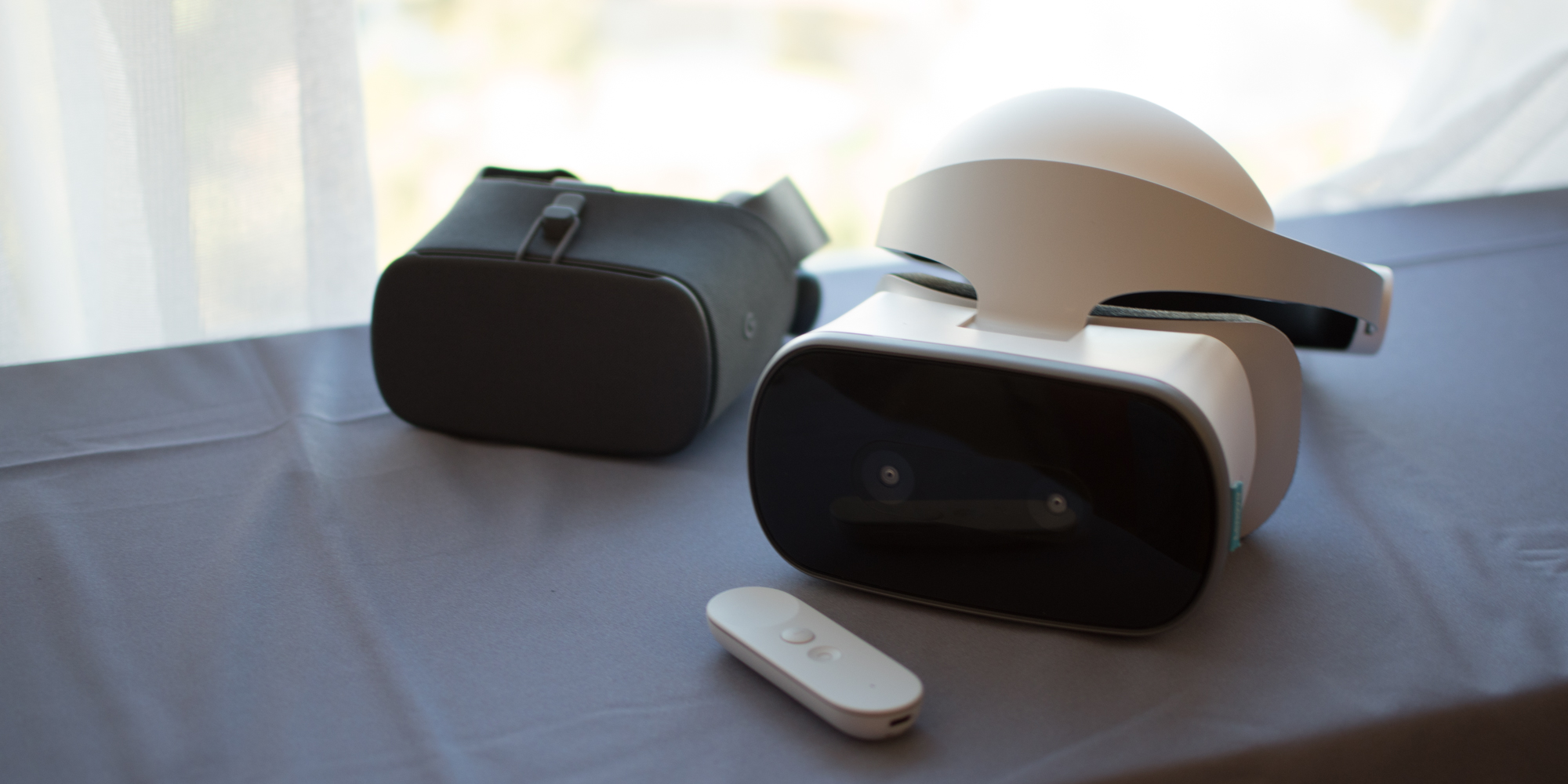
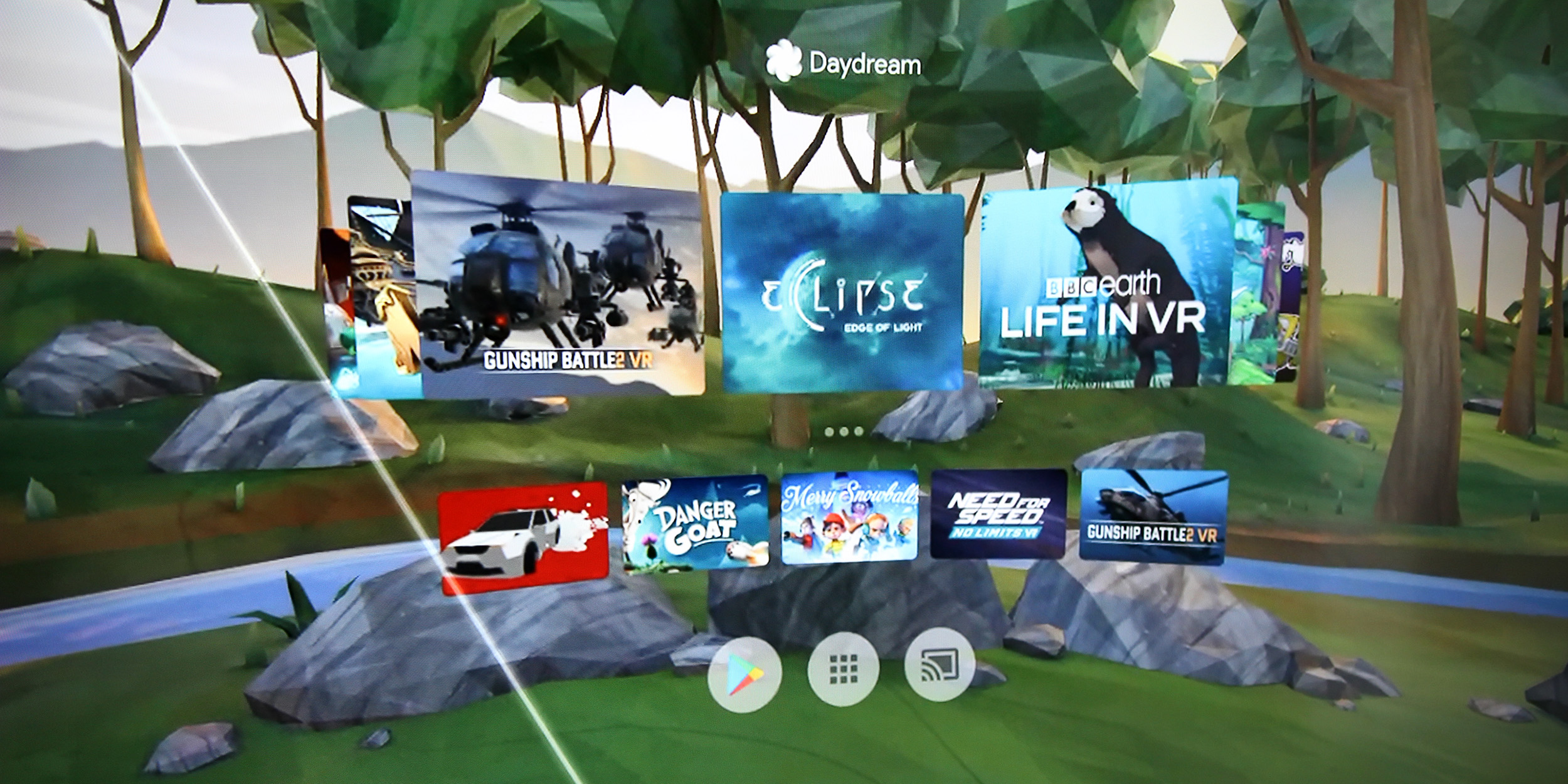
Looking at Google today, its AR output is exclusively software and phone-based. It’s building services that work on mobile but will truly thrive on smartglasses. Google Maps Live View overlays directions, street signs, and landmarks over the real world to help you navigate. The company leverages Street View for a visual positioning system (VPS), while these AR overlays are increasingly working indoors to help you navigate transit stations.
Meanwhile, Live View’s next big expansion will let you explore the world with AR overlays. Once available, panning your phone’s camera will highlight store names and information, like hours and reviews.
The other big AR service is Google Lens. This visual search tool today can translate, copy text, recognize QR codes, find products, and identify things, including buildings, plants, and animals. On smartglasses, Google Lens and Live View could very well become your primary UI/filter over the world.
Of course, that software, which is primarily due to existing work and data from Google Maps, needs consumer hardware to flourish. Phone-based AR is not very immersive or intuitive. However, Google’s progress in this area is shrouded in secrecy.
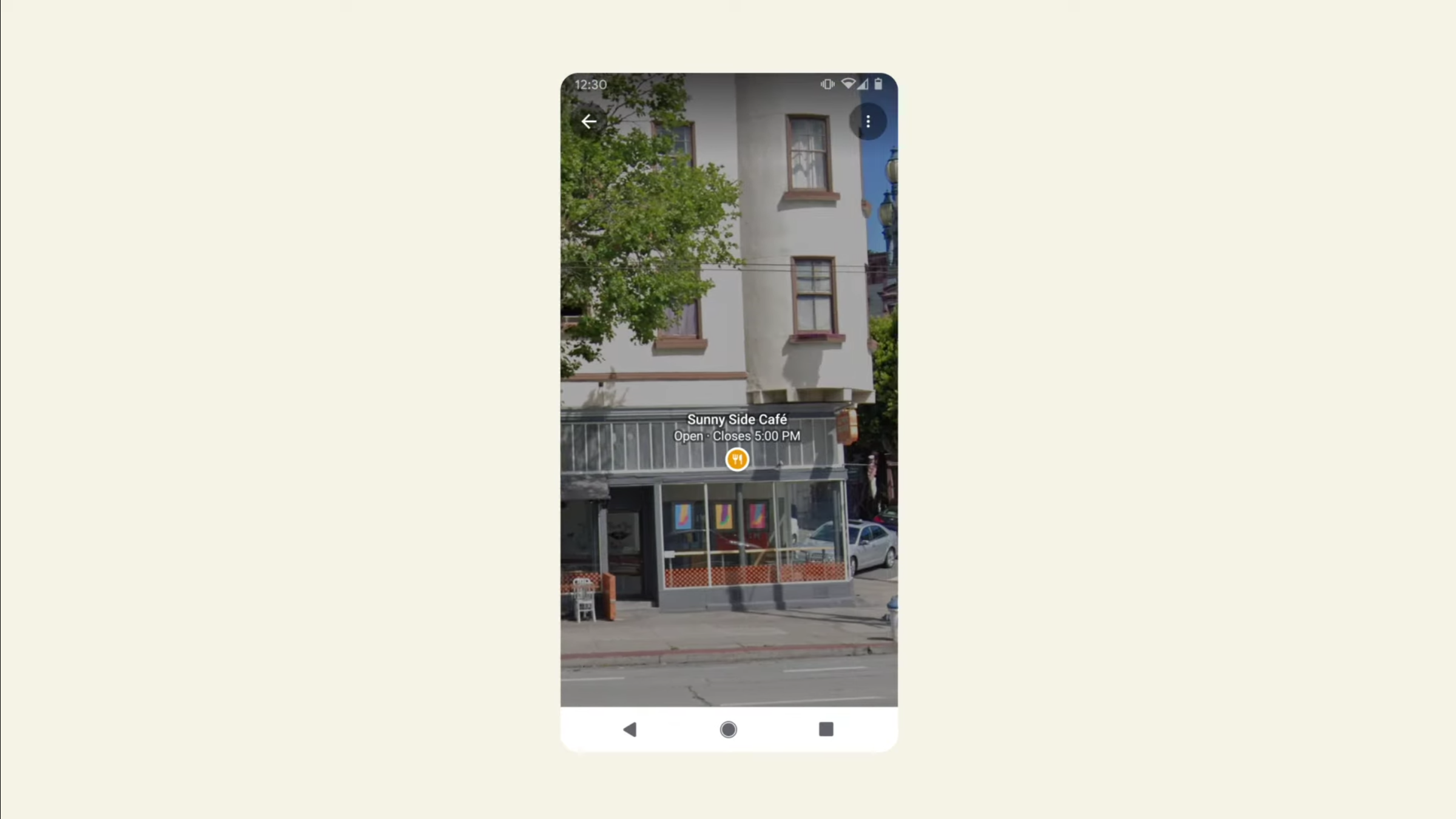


Google AR & VR is the division in charge of the company’s efforts, with VP Clay Bavor in 2019 noting how (via CNET):
“On the hardware and devices side, again, I characterize the phase we’re in as deep R&D, focused on building the critical Lego bricks behind closed doors. If you can dream it, we probably have a prototype of it somewhere in one of our labs.”
Last year, it acquired a company called North that made the Focals smartglasses. That acquisition undoubtedly infused wearable and consumer electronic know-how into the group. Meanwhile, as evidenced by Project Starline – a conferencing booth with a 3D display instead of a flat screen – at I/O in May, the team is capable of keeping hardware secret.
While there’s been an immense lack of news compared to Meta, which likes to tout R&D advancements left, right, and center, hopefully, Google hardware is progressing at the same rate as the software already running on hundreds of millions of phones.
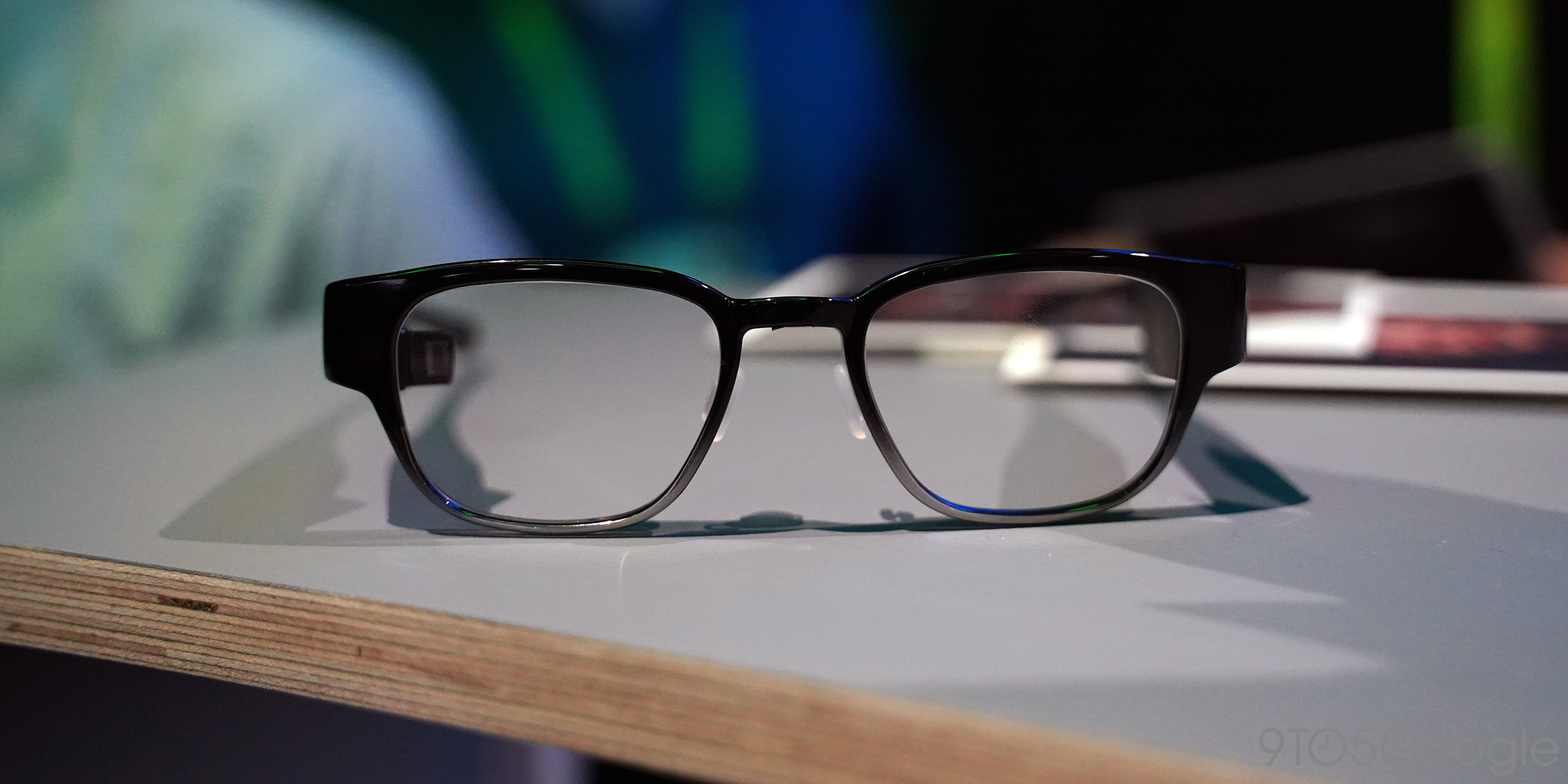
State your vision
In October, CEO Sundar Pichai said that Google hardware and platform teams are “thinking through” augmented reality. That was one of the bolder indicators, while hardware chief Rick Osterloh previously said that the Tensor chip is a “perfect foundation for making big improvements in AR.” This was specifically in reference to how Google’s custom SoC is optimized for the AI and ML models needed for augmented reality.
“AR incorporates a lot of machine learning techniques to be able to understand what’s happening”.
The company’s unwillingness to publicize its work in the field could very well be due to the technology not being ready. Meanwhile, there’s of course the damaging reputational hit that was Glass wherein the company’s ambition got ahead of what was technologically feasible at the time.
Consumer augmented reality from a technology and hardware standpoint is still years away. But I think we’re nearing the point when Google should give its vision for what comes next in computing, lest it let others dominate the future.
Meta very explicitly laid out its version for an all-encompassing metaverse with a brief note about current AR work at the end, while Apple is rumored to be announcing a mixed (augmented + virtual) reality headset before true glasses. That device, along with Meta’s upcoming premium headset, could serve as developer kits with camera passthrough that will mimic the experience of building for AR glasses.
That keynote will undoubtedly be when Apple lays out its plan, with its existing developer base serving as a huge advantage. Meanwhile, Microsoft laid out an enterprise metaverse vision last week, while Niantic, Epic (Fortnite), and Roblox are also in the discussion.
Google still has time before it has to show its cards, but we’re approaching a point where it risks being drowned out and any subsequent announcement when the field is metaverse-saturated looks reactionary rather than reflective of many years of development.
In many ways, AR falls in line with Google’s current mission of building technology that organizes (public and personal) information to help people in their day-to-day lives. In contrast, a social metaverse play would be Google pushing an entirely unnecessary product when 2D equivalents more than suffice. AR has the chance to augment and adapt to your existing life, while the metaverse requires you to live and learn another world with the end goal of consuming everything from your personal to work domains. A vision where technology is more assistive than overwhelming would do a lot to offer a different path for the industry.
Author: Abner Li
Source: 9TO5Google



